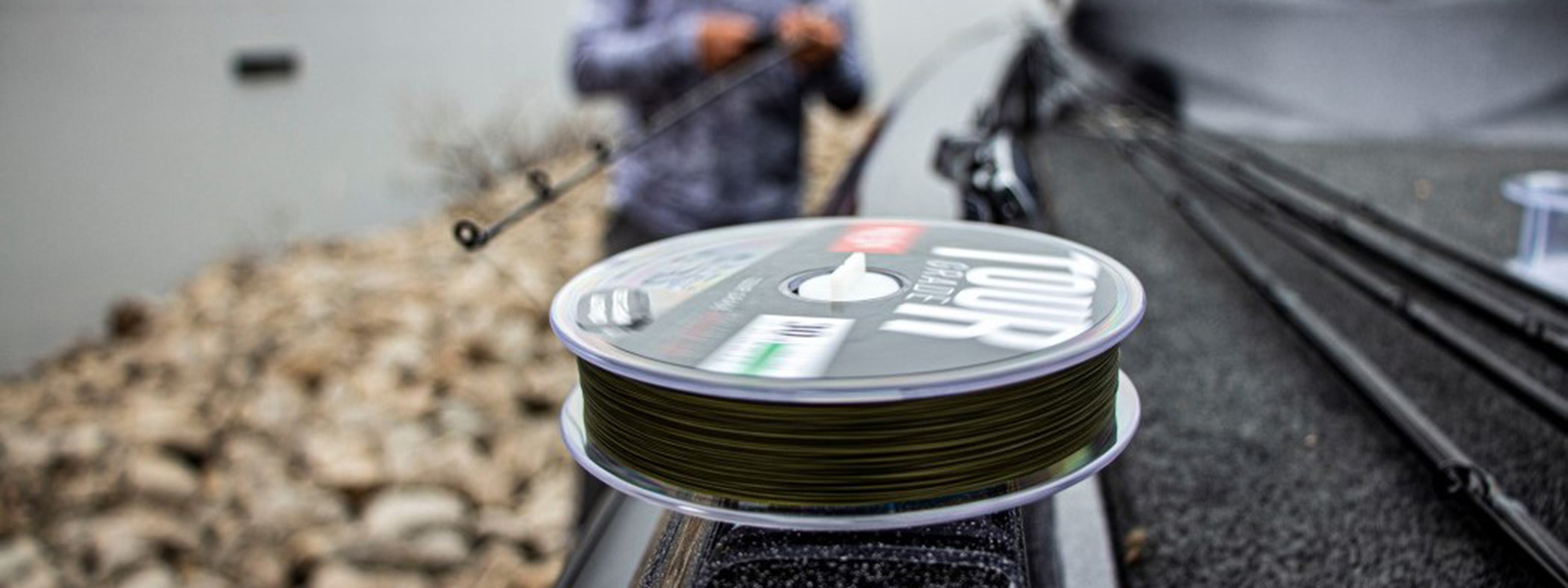By : Mark Hicks
No matter how good the spinning outfit, it can’t perform effectively if the line isn’t spooled properly onto the reel.

This is true even with Lew’s superior spinning rods and reels and Strike King’s premium Tour Grade fishing lines.
String the reel wrong and you’ll be plagued with line twist, short casts and poor sensitivity. Do it right and you’ll get the superior performance you expect from every Lew’s reel.
Spinning reels perform at their best with fluorocarbon and monofilament lines no heavier than 8-pound test. A heavier line doesn’t flow through the guides as smoothly, which reduces casting distance and efficiency.
First run the fishing line from its spool through the first guide above the reel. Then open the reel’s bail and tie the line to its spool with an Arbor knot. After tying the knot, close the bail and you are set to begin winding.
Lay the line’s spool on whichever side allows the line to come off of it counterclockwise. If the line comes off clockwise it will twist. As you wind the reel, run the line through your fingers below the guide and apply firm pressure.
Stop after 15 cranks or so and release the line in your fingers. If the line is limp and without twist, continue winding. If the line twists around itself, the wrong side of the spool is facing up. Flip the spool over and resume cranking. Double check the line for twist after another 15 cranks.
Another option is to set the line spool in some type of holder so that it sits upright on edge, or use the Strike King Sidewinder tool that comes in every package of Tour Grade Line. The line should come off the top of the spool and straight through the guide. Here again, apply finger pressure to the line as you wind.
The reel is full when the line comes to within about 1/8-inch of the spool’s outer edge. Stopping short of this will reduce casting distance and the reel’s speed. If you fill the reel to the very edge of the spool, bird’s nests are inevitable.
Because braided line has no memory, it will not twist if you lay the spool flat on either side or use the upright spool method. However, braided line is so slick that it will slip on the reel’s spool regardless of the knot you use. You must first attach a length of monofilament or fluorocarbon to the reel’s spool and knot it to the braid.
Braid is so much thinner at the same diameter than monofilament or fluorocarbon that it takes up less room on the spool. Consider backing the spool with a less expensive monofilament so you don’t use more braid than you need.
The advantages of braided line are so numerous that top pros, including Oklahoma’s Andrew Upshaw, use it almost exclusively.
“Since braided line doesn’t stretch, it is super sensitive and delivers much better hook sets,” Upshaw said. “I love Strike King’s Tour Grade yellow braid because I can see it so well.”
A gossamer braid never becomes springy, so it allows for longer casts, especially with light finesse lures. You can also use a stronger line if you wish. Many pros opt for 15-pound braid.
Once you've got your spinning reel spooled up and have taken it fishing a few times, make sure you know how to clean and maintain it!
May 2021
March 2024
May 2022
March 2023
July 2022
March 2022
March 2022